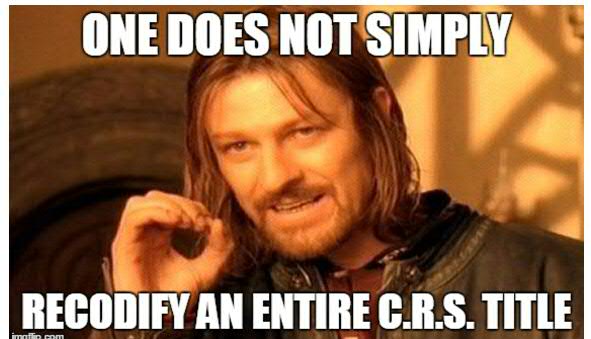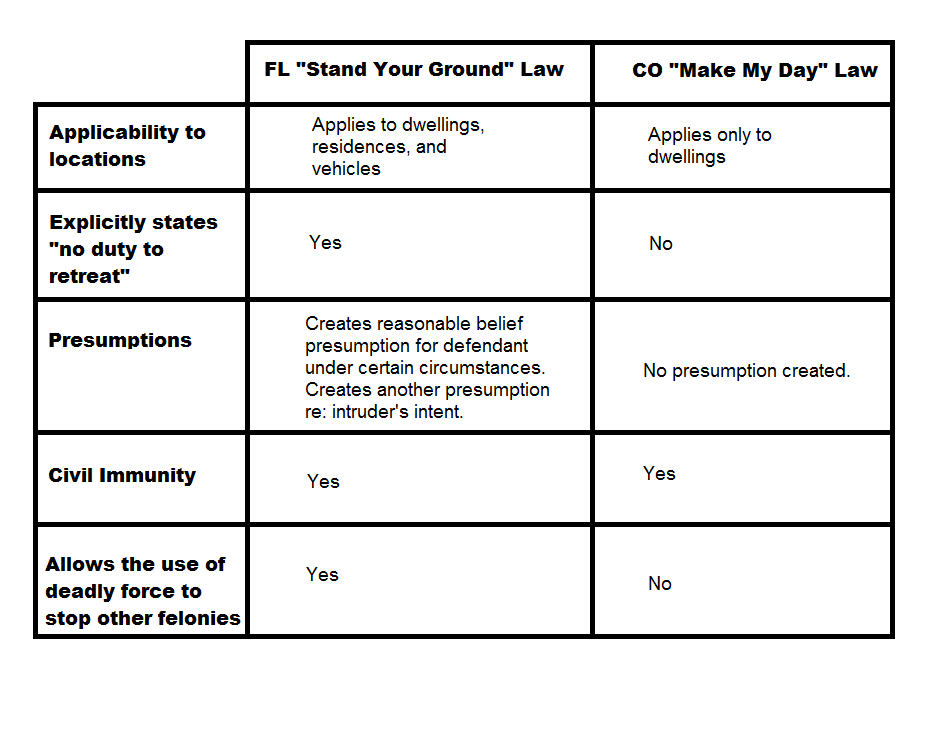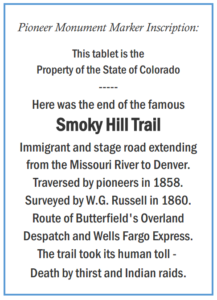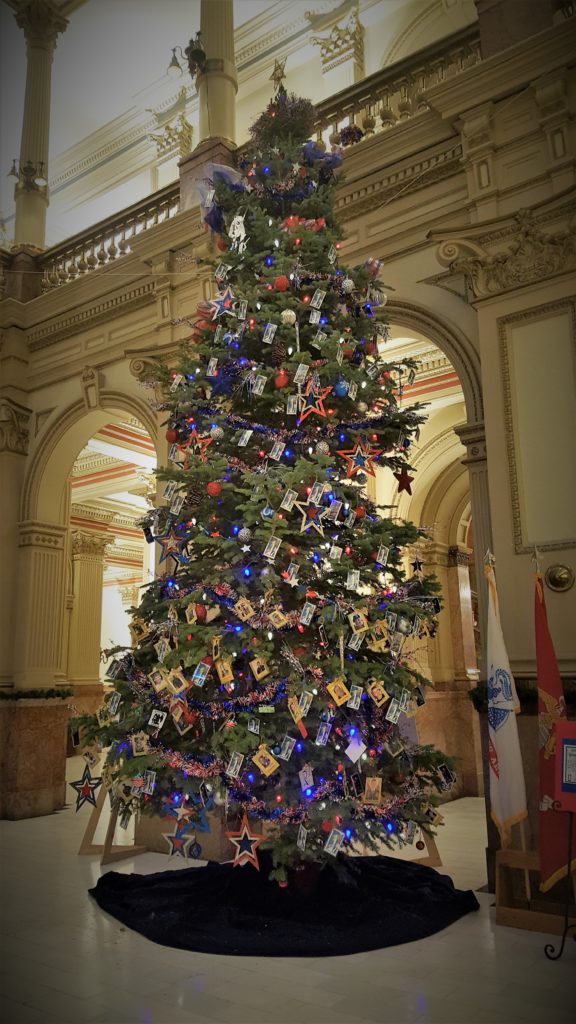Editor’s note: This is the third in a series of articles based on the ethics issues included in the online ethics tutorial available through a link at the bottom of the General Assembly website. For earlier articles, see “Legislative Ethics – Post-legislative Employment” and “Legislative Ethics – Legislative Immunity”.
Bribery: §18-8-302, C.R.S.
A legislator commits the crime of bribery if he or she solicits, accepts, or agrees to accept a pecuniary benefit based on an agreement or understanding that the legislator’s vote, opinion, judgment, exercise of discretion, or other action as a legislator will be influenced by receiving the pecuniary benefit. A “pecuniary benefit” could be money, property, commercial interests, or anything else that primarily results in economic gain to the legislator. A person can be guilty of bribery even if he or she has been elected or appointed but has not yet been sworn in to office. The crime of bribery is a class 3 felony, punishable by a minimum of four years and a maximum of 12 years in prison, followed by a mandatory parole period of three years, or by a fine of at least $3,000 but not more than $750,000, or by both the fine and imprisonment.
Seems pretty straight forward. Get out your pencils—let’s take a quiz!
 Hypothetical #1. It’s the first day of the session and you’re on your way to the House Chambers to be sworn in. Just before you leave your office, you get a call from one of your new constituents. This person is very concerned about his mother. She’s in the country illegally, and she has a serious health condition. If she has to return to her native country, she will not be able to receive the treatment she needs. You try to explain that immigration law is a federal issue, and, as a state legislator, there’s really nothing you can do. But your constituent is convinced that introducing a bill will send a message to Congress. Your constituent also mentions that he has driven past your house a couple of times and noticed that your driveway is in very bad condition. Your constituent actually has a driveway resurfacing company, and he would be happy to give you a free resurfacing, but he really needs your help. You tell him that you won’t introduce a bill, but you will introduce a memorial to Congress to express the General Assembly’s opinion that there should be an exception made in the immigration laws for persons in immediate need of significant medical treatment. Then you make an appointment for next Saturday for your constituent to start resurfacing your driveway.
Hypothetical #1. It’s the first day of the session and you’re on your way to the House Chambers to be sworn in. Just before you leave your office, you get a call from one of your new constituents. This person is very concerned about his mother. She’s in the country illegally, and she has a serious health condition. If she has to return to her native country, she will not be able to receive the treatment she needs. You try to explain that immigration law is a federal issue, and, as a state legislator, there’s really nothing you can do. But your constituent is convinced that introducing a bill will send a message to Congress. Your constituent also mentions that he has driven past your house a couple of times and noticed that your driveway is in very bad condition. Your constituent actually has a driveway resurfacing company, and he would be happy to give you a free resurfacing, but he really needs your help. You tell him that you won’t introduce a bill, but you will introduce a memorial to Congress to express the General Assembly’s opinion that there should be an exception made in the immigration laws for persons in immediate need of significant medical treatment. Then you make an appointment for next Saturday for your constituent to start resurfacing your driveway.
Have you just committed the crime of bribery?
a. NO. As a state lawmaker, you can’t change federal immigration law.
b. NO. You haven’t been sworn in, so you weren’t a public servant when you agreed to introduce the memorial and accepted the free driveway resurfacing.
c. YES. You agreed to introduce the memorial to Congress to help your constituent, and you’re accepting his offer of a free driveway resurfacing.
d. NO. A memorial to Congress does not have the force and effect of law, so it is not included in the actions for which you can be bribed.
The correct answer is c. To convict a public servant of the crime of bribery, a district attorney must prove that the person was a public servant and that he or she agreed to accept a pecuniary benefit on the basis that one or more of the person’s actions as a public servant would be influenced. You had been elected, so you fit the definition of a “public servant” even though you were not yet sworn in. You initially explained that you could not help your constituent, but after hearing the offer of a free driveway resurfacing, you agreed to introduce legislation to address your constituent’s concern. And you accepted the offer of a free driveway resurfacing by making the appointment. It appears that a district attorney would have sufficient evidence to prove each of the elements of the crime of bribery.
Compensation for past official behavior: §18-8-303, C.R.S.
A legislator commits the crime of accepting compensation for past official behavior if the legislator solicits, accepts, or agrees to accept any pecuniary benefit as compensation for having given a decision, opinion, recommendation, or vote favorable to another person, while the legislator was a member of the General Assembly, or for having otherwise exercised discretion in favor of the other person, while the legislator was a member of the General Assembly, regardless of whether the legislator violated a duty in so doing. In essence, this statute prohibits payment of a bribe after the fact. A “pecuniary benefit” could be money, property, commercial interests, or anything else that primarily results in economic gain to the legislator. The crime of accepting compensation for past official behavior is a class 6 felony punishable by a minimum of one year and a maximum of 18 months in prison, followed by a mandatory parole period of one year, or by a fine of at least $1,000 but not more than $100,000, or by both the fine and imprisonment.
Let’s see how this one might play out.
Hypothetical #2. You have served in the Colorado State Senate for the last eight years. During that time, you have sponsored several pieces of legislation, but the one you’re most proud of is the bill to establish a state-funded community outreach program for youth involved in gangs. Since the bill passed six years ago, this program has been repeatedly recognized for successfully directing several young men and women away from gangs and into useful community service. Last week, you received a call from the president of the board of directors for the program. The executive director of the program has accepted a new position and is moving to Chicago. Because you were the bill sponsor, the board of directors is offering you the job. You don’t have any experience in operating this type of a program, but the pay is significantly more than you make as a legislator. You tell him you’ll think about it.
If you take this job, will you commit the crime of accepting compensation for past official behavior?
a. YES. Your vote for the bill created the program. As such, it was a vote that was favorable to the president and to the board of directors, and they are now offering to compensate you for it.
b. NO. Even though you will receive a pecuniary benefit – a job – as a result of legislation that you introduced and passed, voting for the bill did not directly benefit either the president or the board of directors; their offer of a job is not compensation for a vote in their favor.
c. NO. It’s a good program that benefits many people. You have the best understanding of the legislature’s intent in creating the program, so you are the best person to operate it.
d. YES. If you accept the job, you will receive compensation for having introduced and voted for the legislation.
The correct answer is b. Creating the program conferred a benefit on the community or on the public as a whole. It does not constitute a vote that is favorable to an individual or specific group of individuals. Because the vote for the bill was not a vote in favor of the individuals offering you the job, accepting the job would not constitute accepting compensation for past official behavior.
Misuse of official information: §18-8-402, C.R.S.
A legislator may be held criminally liable for misuse of official information if the legislator takes certain actions in contemplation of official actions to be taken by the legislator or the General Assembly or takes certain actions based on information that is not available to the public but is known by the legislator. Specifically, a legislator may commit misuse of official information if he or she knows that some official action will be taken or the legislator has some piece of nonpublic information, and the legislator acquires a pecuniary interest in property, a transaction, or an enterprise that may be affected by the action or the information, or if the legislator speculates on the basis of the action or the information. The legislator may also be guilty of misuse of official information if he or she wants to grant another person a special pecuniary benefit and does so by aiding, advising, or encouraging the other person to acquire a pecuniary interest or to speculate based on the action or the information. Misuse of official information is a class 6 felony punishable by a minimum of one year and a maximum of 18 months in prison, followed by a mandatory parole period of one year, or by a fine of at least $1,000 but not more than $100,000, or by both the fine and imprisonment.
This one is a bit confusing. Let’s take it for a test drive.
Hypothetical #3. You are sitting in the House Education Committee listening to testimony on a bill to allow CSU-Pueblo to open a new satellite campus in La Junta. Your ears perk up when the witnesses from CSU-Pueblo start describing exactly where the new campus will be located. It’s in the neighborhood you live in. You happen to know that the Lucky Licks Ice Cream Shop is located just across the street from where the new campus will be built and that Lucky Licks has been for sale for about two years. The committee passes the bill to the Committee of the Whole; you are the only committee member to vote against the bill. That evening, you make an offer on the Lucky Licks property, which is immediately accepted. You close on the property a month later. Two weeks after your closing, the General Assembly passes this very popular bill by a wide margin. You voted against the bill each time it came up for a vote in the House.
Have you committed the crime of misuse of official information?
a. NO. Authorization of the new campus and the location of the new campus was public information; anyone could have been smart enough to buy the ice cream shop.
b. NO. The campus won’t open for at least a year and there’s no guarantee that opening the campus will lead to higher profits at the ice cream shop.
c. YES. In contemplation of the legislature’s action to authorize the new campus, you bought a business that is likely to be more profitable because of that new campus.
d. NO. You never voted in favor of the bill, so you didn’t act in contemplation of any official action that you took.
The correct answer is c. In contemplation of the General Assembly’s action in authorizing CSU-Pueblo to open the new campus in La Junta, you acquired a pecuniary interest in property across the street from the new campus. This property – an ice cream shop – is likely to be affected by the General Assembly’s action in approving the bill because of the property’s location next to the new campus. Based on these facts, it appears that a district attorney could prove all of the elements of the crime of misuse of official information.
Want to learn more about legislative ethics? Take the Legislative Ethics Tutorial.














